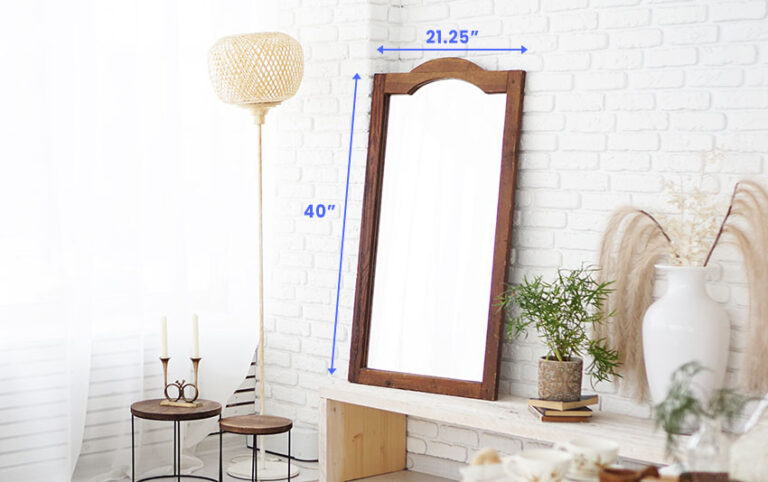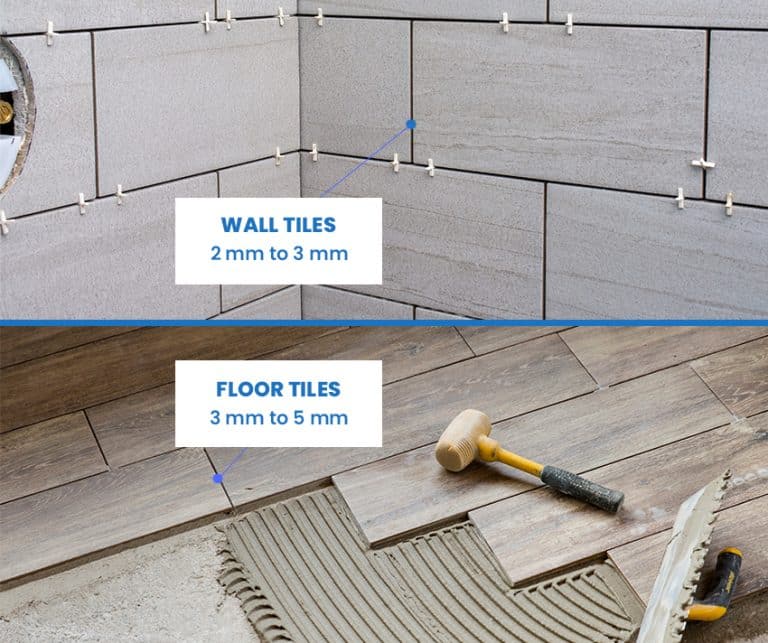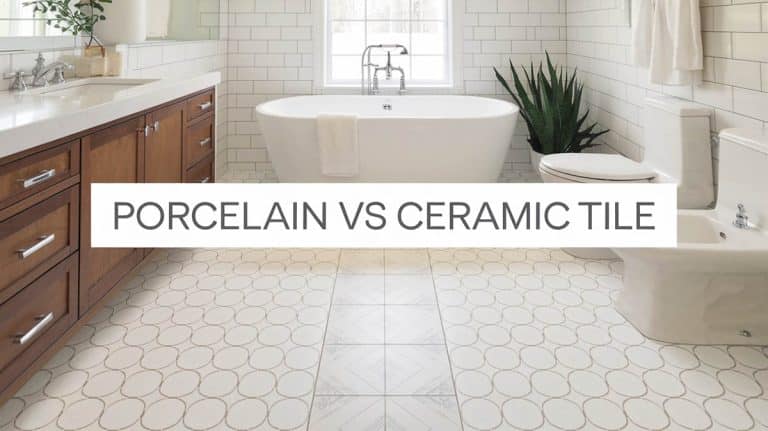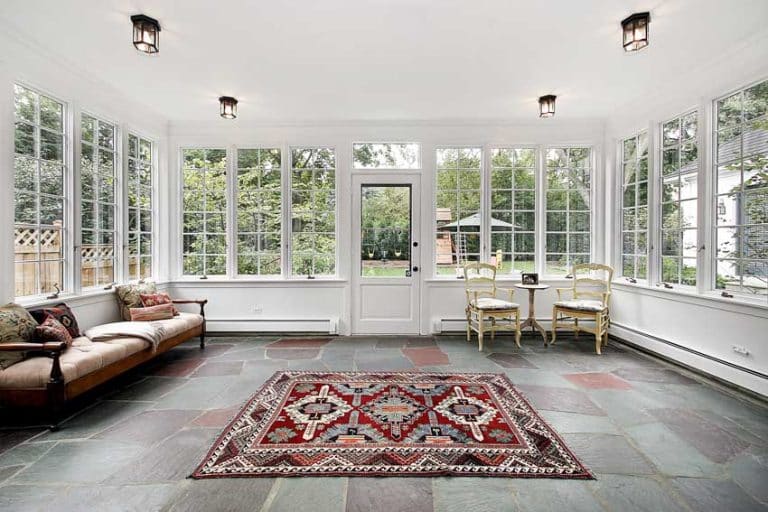Wool Carpet Pros & Cons
Here we share the wool carpet pros & cons including their cost and the best types for your interior design.
Wool has many qualities that make it an ideal floor covering, and a few drawbacks as well. This article goes through both, so you can make an informed purchase.
Wool Carpet Benefits
Ask anyone with a wool carpet what they think of it and you’re likely to get a long stream of gushing praise. Durable, hypoallergenic, eco-friendly, stain and dirt resistant, there is a long list of reasons why wool carpet is worthy of serious consideration the next time you need a floor covering.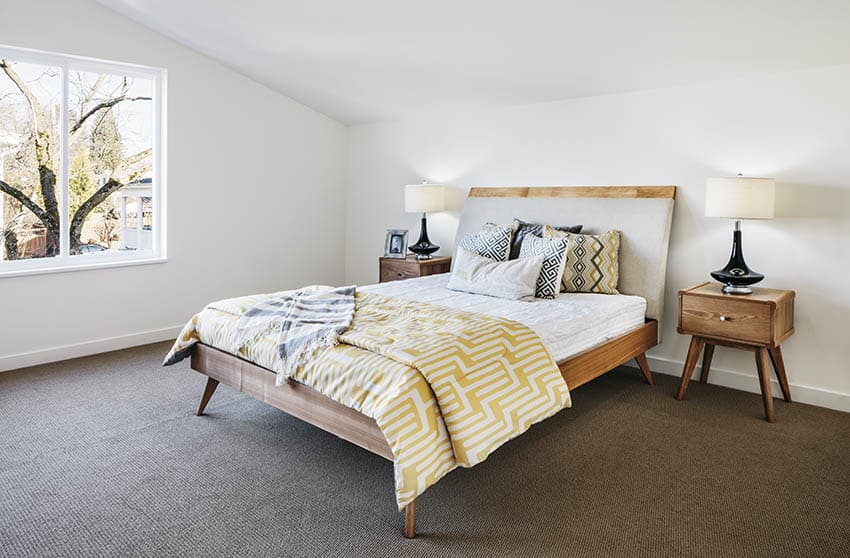
Durable
Wool carpet handily beats every other kind of floor covering when it comes to durability. There are several reasons for this.
First, wool fibers are naturally wavy. The extent of the wave depends on the animal and region the wool was sourced from.
This wave is referred to as crimp. Crimp is responsible for the elasticity of wool fibers. Even when compressed over long periods of time, when the weight is removed, the wool will resume its natural shape.
This means wool carpets are less susceptible to dents or impressions from the weight of furniture. In the carpet industry, this type of damage is referred to as ‘pile compression’
Another threat to the durability of carpet is tracking or shading. These two terms refer to the difference in visual appearance of some carpets after they’ve been vacuumed or walked on.
The change in color is due to the side of the fibers being exposed to and reflecting light, rather than the tips. Because wool has a natural bounce-back, any shading or tracking will be short-lived.
Natural
Synthetic carpets are inexpensively produced in factories using a variety of toxic chemicals. The workers are protected from these during the manufacturing process, but what happens when you get your rug back home?
Volatile organic compounds, also known as VOCs, are released into the air not only at the time of installation, but for years down the line, through a process known as ‘off-gassing’, which has been linked to respiratory irritation.
While some wool carpets have up to 20% synthetic material, many have none at all. Either way, the presence of VOCs in your home will be greatly reduced if you choose a wool carpet over polypropylene.
The only chemical that is frequently added to wool carpets is a certain insect repellant that has been rated safe for home use by the World Health Organization
Wool is also a ‘living’ fabric. The fibers of a wool carpet will absorb excess humidity in the air, and release it when the air is dry, naturally moderating the amount of moisture in your home.
Retains Color
The reason wool carpets are known for maintaining vibrant designs over long periods of times comes down to the way the molecules in wool behave.
Charged particles that make up the wool fiber attract charged particles in the dye, binding them tightly together. Wool accepts and holds dye better than carpets made from other materials such as polypropylene.
However, the structure of wool cannot protect the dye from fading if it is regularly exposed to UV light, so be mindful of how much direct sunlight your wool carpet gets.
Cleaning
Natural wool is coated in a protective layer of an oil known as lanolin. Sheep and other wool-producing animals count on lanolin to keep them clean and dry, since it has natural water and dirt-repellent properties.
The lanolin coating prevents dirt and stains from penetrating the fiber. Wool is also naturally anti-static, so it doesn’t attract dust. Wool carpets should be regularly vacuumed to remove any loose dirt and fallen dust particles.
They do not need to be shampooed or steam cleaned, and doing so may remove the lanolin, so these methods of cleaning are not advised.
Environmentally Friendly
Wool carpets are environmentally friendly because they are made from a renewable resource, namely the fleece of a sheep, alpaca, llama, goat, or even camel.
A wild sheep grows and sheds its fleece in cycles that correspond to the seasons. Domesticated sheep, on the other hand, have been bred to produce wool year round.
They don’t shed at a rate high enough to keep the wool from building up, which can cause skin problems and lead to injury, so shearing is necessary to keep them safe and healthy.
Professionally shorn sheep experience no more distress from the experience than a dog taken to a professional groomer.
When the time comes to retire a wool carpet, eco-conscious buyers will be glad to know that wool is not only completely biodegradable, the degradation process enriches soil by releasing nutrients like sulfur and nitrogen.
Flame Resistant Qualities
One of the most undervalued properties of wool is its slow ignition rate and high flame-resistance. No one expects a fire, but should one break out in your home, it is a comfort to know that your wool carpet could potentially slow the spread, rather than feeding the blaze.
Depending on the length of exposure and the heat of the flames, wool fibers are more likely to melt than ignite.
Wool Carpet Disadvantages
While wool is prized for its dye-ability and color retention, there is another side to that coin ‘– spills. A cup of coffee or glass of red wine spilled on a wool carpet and allowed to dry will be difficult, if not impossible, to get out.
However, the scaly structure of wool fibers will keep liquid from immediately penetrating to the core of the fiber, so if you act quickly to absorb the spill, you can usually avoid permanent stains.
As mentioned above, wool will trap and hold excess moisture in the air. If not fully dried, mildew can develop. For this reason wool carpets are not suitable for excessively humid or wet environments.
Cost of Wool Carpet
There’s no getting around it — wool carpets have a significantly higher up-front purchase price than synthetic alternatives. The average price per square foot for wool carpeting is $4-12.
Polyester carpets only cost $1-3 per square foot. Expect to pay $1-3 per square foot for carpets constructed from nylon. However, when you consider the life of a wool carpet can be up to 20 years, the cost starts to make a bit more sense.
If the cheaper carpet costs half as much, but also lasts half as long, you haven’t actually saved any money, you’ve just spread the cost out over time.
Best Wool Carpets
100% wool carpets made from string wool are generally regarded to be the best wool carpets money can buy.
Only certain breeds of sheep produce string wool, and these breeds are generally found in New Zealand and the UK.
These two countries have a long and proud history of producing high-quality wool. New Zealand wool is known for its softness and lightness, while British wool is thicker, coarser, and bulkier.
80/20 wool carpets are made from a blend of wool and synthetic materials, and are also an excellent choice.
Remember, sheep aren’t the only animals who have adapted by growing wool. Llamas, camels, alpacas, and goats can also be shorn to provide fibers for carpets.
Each type of wool has its own texture and color, reflective of the animal it comes from. Llama and alpaca wool fibers, for instance, are smaller in diameter than sheep’s wool, and this imparts extra softness and silkiness to the material.
We hope you enjoyed our wool carpet pros & cons article. What did you think, do you like wool carpets in your home? Visit this page to see more types of carpets for your interior designs.



